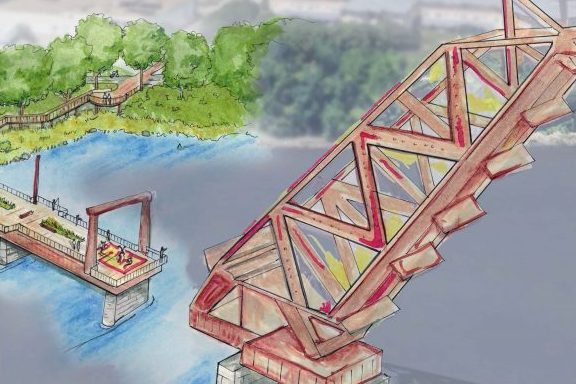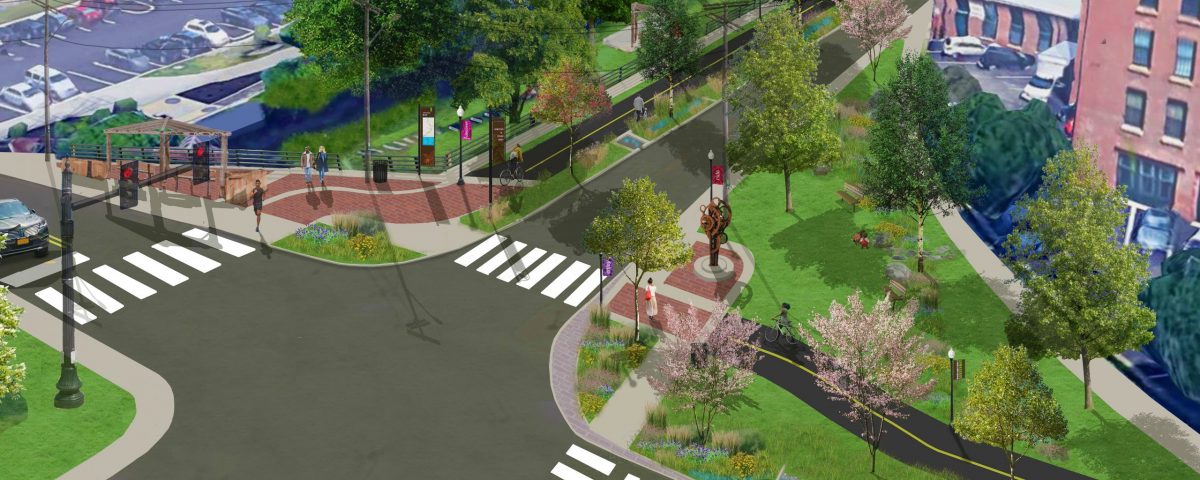
Horsley Witten Group provides comprehensive environmental design and innovative solutions for both public and private sector clients. HW excels in the integration of sustainable design principles with built and natural environments, through a holistic design process. Our commitment to this approach allows us to create functional and vibrant places in balance with nature. Our clients benefit from our 30+ years of industry experience combined with a passionate interdisciplinary staff of highly skilled professionals who manage projects of various sizes and complexity.
Our team is skilled in providing nature-based solutions that integrate ecologically sensitive design techniques. HW’s landscape architects are dedicated to the restoration, creation, and maintenance of spaces that function, thrive and sustain healthy ecosystems, generating connectivity between people and nature.
Our Landscape Architecture services include the following;
- Ecological Planning and Design
- Site Analysis and Plant Inventories
- Master Planning (Connectivity and Conservation)
- Landscape and Shoreline Restoration
- Invasive Species and Land Management Planning
- Trails, Multi-use Pathway and Boardwalk Design
- Green Streets/ Streetscapes
- Sustainable Park Design
- Outdoor Classrooms
- Design Guides and Manuals
- Public Outreach, Training and Educational Signage
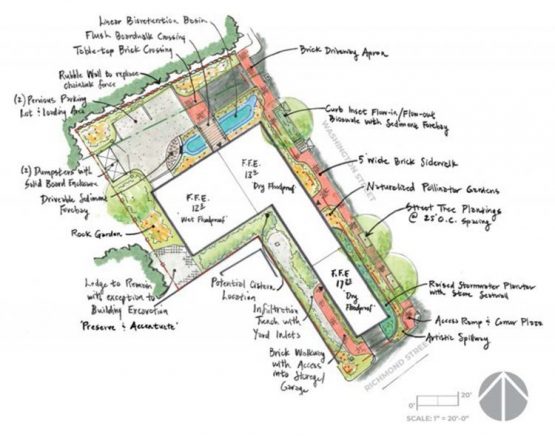

Ecological Design
West Brittania, Taunton, MA
At the West Brittania dam removal project site, we teamed with Sum Co, Eco-Contracting, Inc. to implement design/build services for riverfront restoration and plantings along the Mill River for the Nature Conservancy. We coordinated with the Conservation Commission, designed the restoration area, and provided construction coordination and oversight.

OUTDOOR CLASSROOMS
Boston Public Schools, Boston, MA
In a truly rewarding project, we designed outdoor spaces with green stormwater infrastructure (GSI) to manage stormwater runoff and engage students at five Boston Public Schools. The GSI design incorporated various practices to help showcase methods for capturing, transporting, and cleaning stormwater. One component of this project was the integration of stormwater into the science curriculum. We created details in the outdoor classrooms to help students interact with the nature-based systems and monitor and test differences between practices. This project received an award in 2019 at the 25th Annual Secretary’s Awards for Excellence in Energy and Environmental Education.
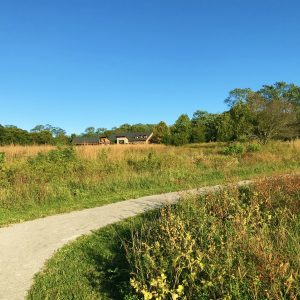
PATHWAYS
Audubon Society of Rhode Island Nature Center, Bristol, RI
At the Audubon Society of Rhode Island, we designed a meandering, accessible path through an open meadow between the Visitor’s Center and the wetland boardwalk trail. To blend into the natural surroundings, we used a stabilized soil path that integrates stormwater and erosion control techniques to ensure the longevity of the path and the comfort of the users.
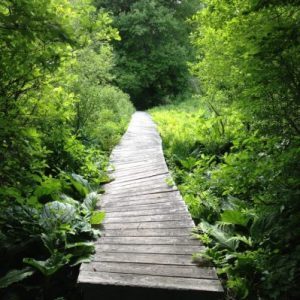
MANAGEMENT PLANS
Norman Bird Sanctuary, Middletown, RI
HW created a comprehensive management plan for the Norman Bird Sanctuary (NBS) that identifies future investments and management opportunities for the property’s buildings, grounds, and environmental resources. We conducted field data collection on plant communities, trail conditions, drainage areas and cultural resources. We teamed with McLaughlin & Buie Housewrights, LLC to inventory building conditions. Working with NBS, we identified restoration opportunities and created an invasives species management plan within the historical and cultural context of the Sanctuary’s long-term vision. The project received an Honor Award for Planning and Analysis in 2019 from the RIASLA.
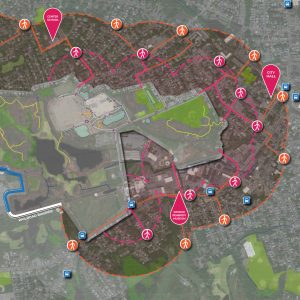
Connectivity Master Plans
Perkins Street Eco-Campus, Peabody, MA
Working with the City of Peabody and community stakeholders, we developed a comprehensive connectivity plan between Emerson Park and Scouting Woods to make the area a regional destination. This area includes various outdoor and indoor recreation areas, playgrounds, a middle school, a dog park and many acres of wetlands and woodlands. The plan gives priority to natural systems and pedestrians by restoring and conserving existing environments while developing safe and effective infrastructure, branding, and wayfinding.



